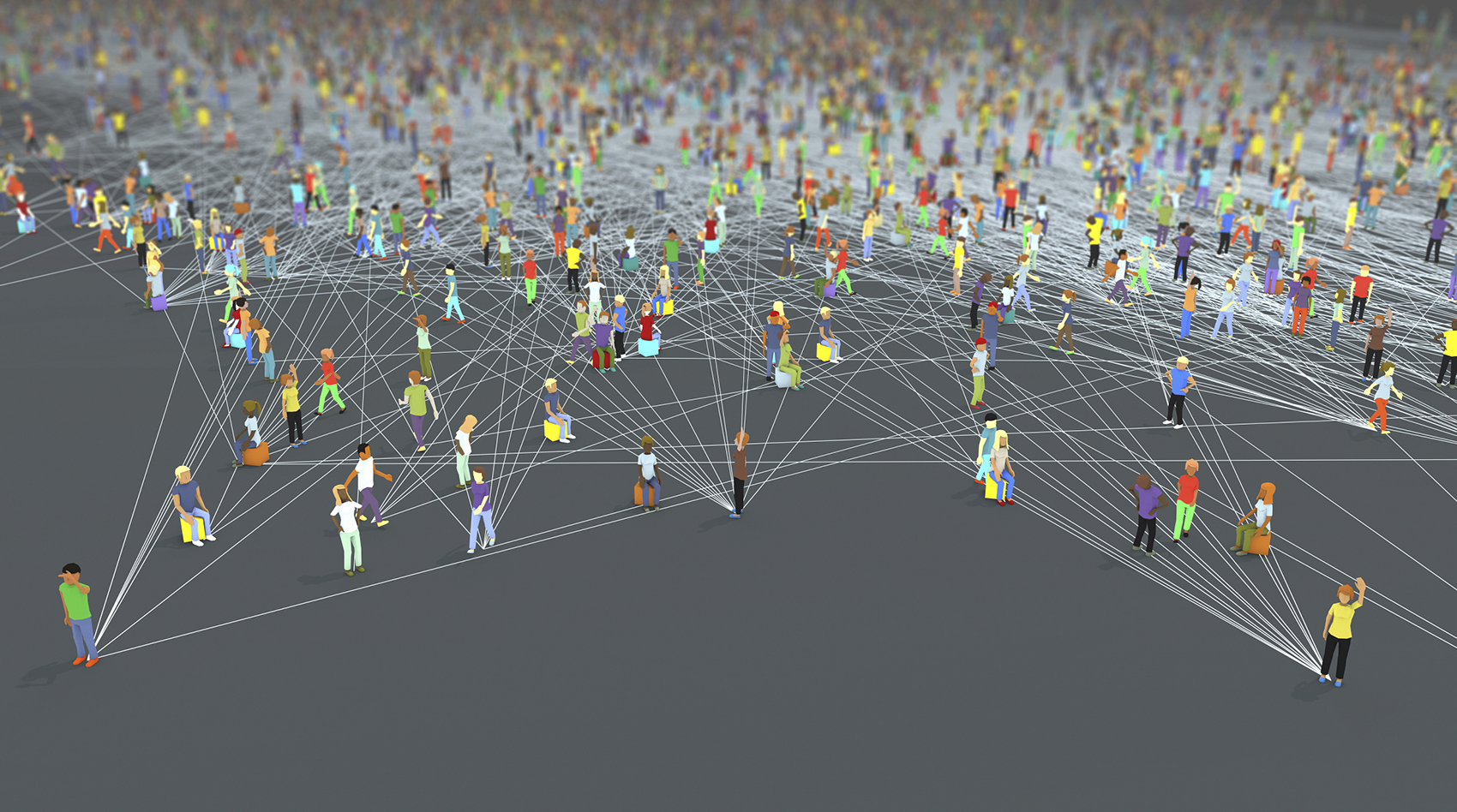Game theory approach describes how social networks produce “six degrees of separation”
“Six degrees of separation” refers to a long-held notion about social networks—namely, that any two people in a social network are connected to each other, through friends of friends, by a maximum of five individuals. But there’s more to this notion than folk wisdom: Researchers have found, repeatedly (for example, via studies of Twitter), that the maximum number of social connections between any two people remains small, even as the network balloons.
Even so, understanding how that happens has remained something of a mystery. In a recent paper published in Physical Review X, an international group of physicists, mathematicians, social scientists, and others took a game theory approach to show how the phenomenon develops. They found that assigning simple rules to new members—rules analogous to real-world behaviors related to altruism and cooperation—gave rise to a network in which the path length between any two members never exceeded six.
The work connects the emergence of six degrees in the network to individual choices, says Stefano Boccaletti, a physicist at the CNR Institute of Complex Systems, near Florence, Italy, who organized and led the study. “Six degrees is a very deep property,” Boccaletti notes.
